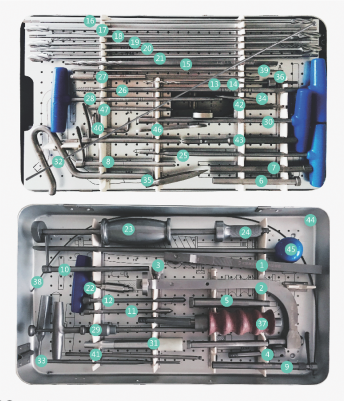Prevention of flower seedling damping-off
Control methods:
(1) Replacement of nursery measures. Select a site with high topography and dry well drainage as seedbed; apply adequately decomposed fertilizer or use high-quality culture soil; control the amount of irrigation at seedling stage, the soil should not be too wet; timely sowing, do not make the seedlings affected by inappropriate temperature; cutting propagation For the flowers, the cuttings should be air-dried and then cut to facilitate wound healing; the seeds should not be overly dense, and the seedlings should be seeded to keep the seedbeds well ventilated; the flowerbeds with serious diseases should be kept from continuous cropping, or the soil should be disinfected before sowing; Excellent nursery measures, nurturing strong seedlings to enhance disease resistance, and reduce the harm of damping-off.
(2) Soil treatment. Because turbid pathogens can survive in the soil for a long period of time, it is of great significance to control pathogens by directly destroying pathogens in the soil. If the old seedbed is used, the seedbed soil can be disinfected with chemicals. Can use 50% carbendazim, or 50% thiram, or 40% seed dressing double, 6-8 grams per square meter of medication, when the first use of the amount of drugs weighed, and then mixed with the appropriate amount of fine sandy soil are mixed with pharmaceutical land . Some of the medicinal soil was sowed in the sowing line before sowing, and the remaining part of the medicinal soil covered the seeds. Can also be used 40% formaldehyde by 30 ml per square meter, add water 60 to 100 times spray wine seedbed, and then cover the seedbed with plastic film, remove the cover after 5 to 7 days, after 1 week until the smell can be scattered before sowing.
(3) Chemical control. The timely spraying of bactericide at the early stage of disease can effectively control the epidemic. The commonly used bactericides are 50% carbendazim WP 500 times, 25% metalaxyl (Drumys) wettable powder 800 times, 40% ED Aluminum (swine cream) WP 200~400 Doubling liquid, 75% chlorothalonil wettable powder 600 times liquid, etc., pay attention to spraying shoots and central diseased plants and the nearby sick soil. Every 7 to 10 days of medication 1, continuous spraying 2 to 3 times, or depending on the condition may be.
Hangwei provide a series of high-quality orthopedics instrument kits including truama instruments, spinal instruments and so on.
China leading manufacturers and suppliers of Intramedullary Nail Instrument Set,Bone Plate Instrument Set, and we are specialize in Upper Limb Instrument Set,Lower Limb Instrument Set, etc.
Various products of Instrument Set , providing product images and basic parameters with each High Quality Instrument Set; We are a professional Chinese manufacturer of Instrument Set, and look forward to your cooperation!
We strive to provide superior benefits to professionals and patients through the development of reliable products.

Instrument Set
Intramedullary Nail Instrument Set,Bone Plate Instrument Set,Upper Limb Instrument Set,Lower Limb Instrument Set
Shandong Hangwei Orthopedics Medcial Instrument Co., Ltd. , http://www.hangweimedical.com